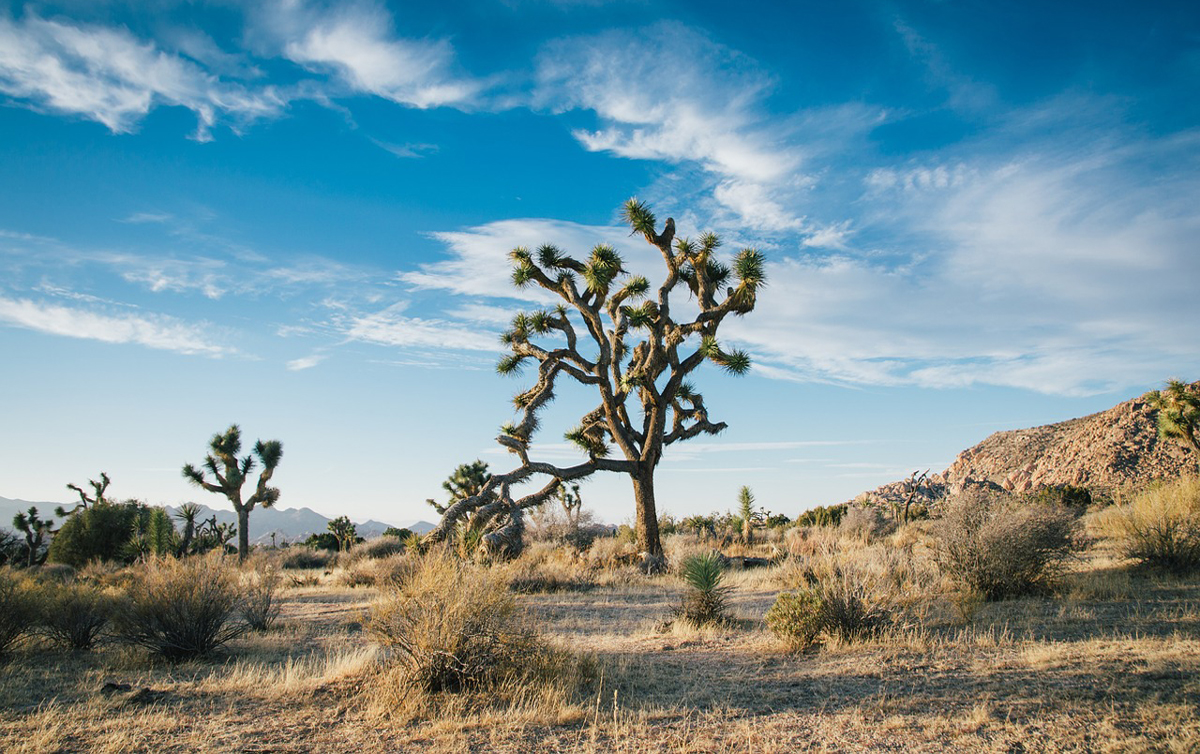
Gov. Herbert issues drought executive order
Declaration may allow agriculture producers and others access to resources
By Nathan Schwebach
While recent precipitation has been beneficial, Utah remains in a serious drought. As a result, Utah Gov. Gary R. Herbert issued today an executive order declaring a state of emergency due to drought. This declaration allows drought-affected communities, agricultural producers, and others to officially begin the process that may provide access to state or federal resources.
The drought declaration was a recent recommendation of the Utah Drought Review and Reporting Committee, chaired by Mike Styler, executive director of the Utah Department of Natural Resources. Additionally, six rural Utah counties have also declared emergency drought disasters, including Box Elder, Carbon, Emery, Grand, San Juan and Wayne Counties.
“The rainfall we have received helps, but the drought is at a level unseen for many years and will not be solved with a small series of storms,” Herbert said. “In some areas, the drought is at or near historic levels. Such difficult conditions are harming the quality of life and the livelihoods of many Utah families and agricultural producers. The ramifications of drought extend beyond our depleted water supply. Drought harms our industries, agriculture, recreation, and wildlife, and it worsens wildfire conditions and air quality.”
Herbert also asked Utahns to use water wisely year round. Seasonal water conservation suggestions include the following:
—Fixing leaks.
—Only running dishwashers or washing machines when they are full.
—Turning off the water while brushing teeth.
—Reducing showers by at least one minute.
“This declaration opens doors for the Utah families and industries most harmed by this drought,” Styler said. “Hopefully, it’s also an eye opener for the rest of us and we’re encouraged to do our part. We can’t control precipitation, but we can find opportunities to decrease our water use all year long. If we all look for opportunities to conserve, we can keep a lot more water in our reservoirs, which will really help if we have another dry winter.”
Styler recommended the drought declaration to Herbert after the reactivated Utah Drought Review and Reporting Committee met last month. It’s was the first time the committee had been activated in about ten years, and it was necessary because conditions had reached a threshold that triggers the state’s statutory responsibility to convene.
The Utah Drought Review and Reporting Committee is required to meet by state code (UCA 54-2a) and by Utah’s Drought Response, which requires the state to prepare for, respond to, and recover from emergencies or disasters with the primary objectives to save lives and protect public health and property.
Drought conditions have developed to the degree that several areas throughout Utah are receiving severe impacts to various sectors of their economies.
Agencies represented on the committee include the Utah Department of Natural Resources; the Governor’s offices of Management and Budget and Economic Development; the departments of Environmental Quality, Agriculture and Food, and Community and Economic Development; the divisions of Emergency Management, Forestry, Fire, and State Lands; and Wildlife Resources.
Here are some reservoir storage facts and updates:
—All of Utah’s 29 counties are experiencing some level of drought.
—Sixteen of Utah’s top 49 reservoirs are less than 20 percent full.
—Eight of Utah’s top 49 reservoirs are less than five percent full.
—A full list of reservoir levels is available here.
Here are some additional conservation resources:
—For conservation tips and tricks, visit slowtheflow.com.
—To see what rebates are available in your area, visit utahwatersavers.com.
—To learn how to upgrade the aesthetics and water sustainability of your landscape, visit localscapes.com.
—Take the H2Oath: Utah’s Water-wise Pledge and commit to conserve.
Articles related to “Gov. Herbert issues drought executive order”
Why the Lake Powell pipeline is good and will make us all rich
Probe into Lake Powell Pipeline Project continues, public comments due
Letter to the editor: The Lake Powell Pipeline, conservation, and Navajo Sandstone



